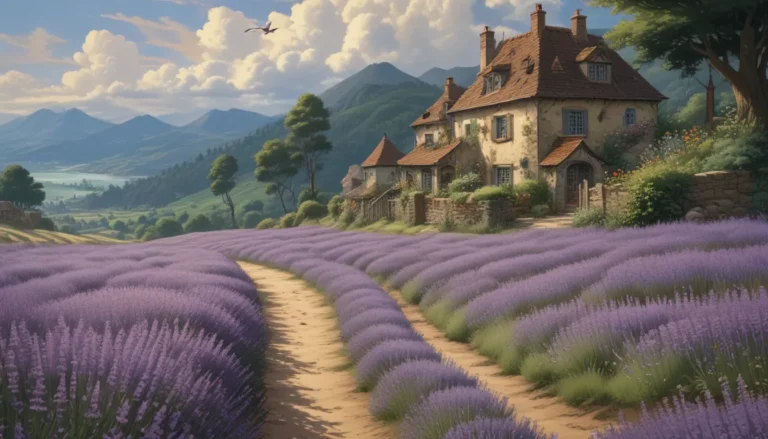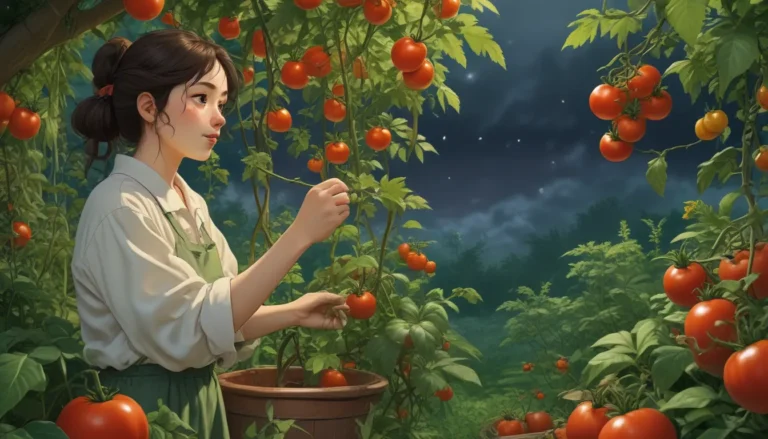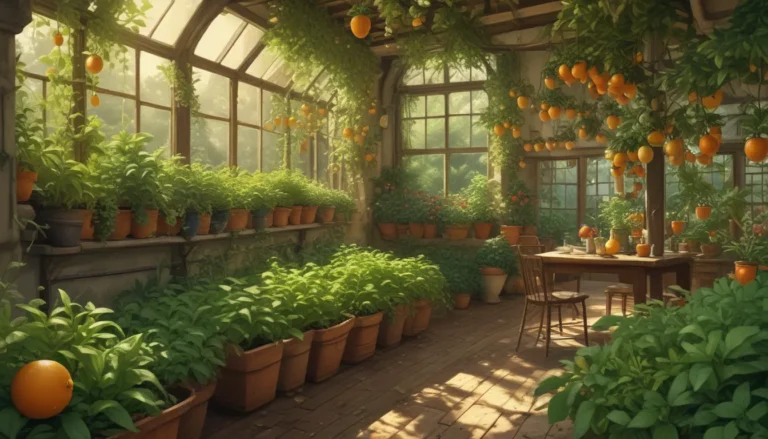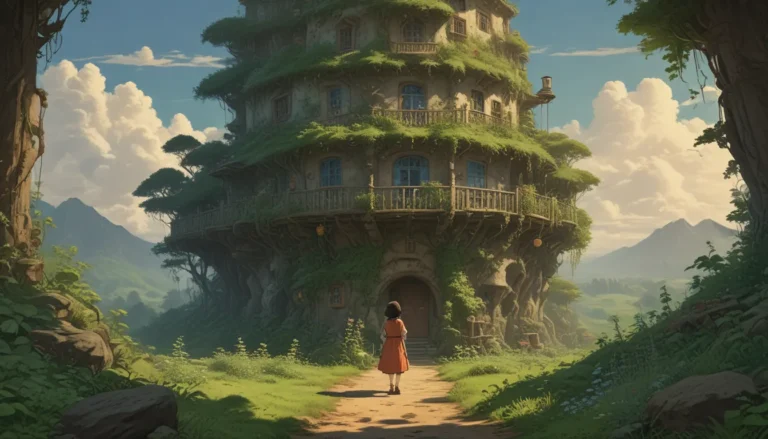A Comprehensive Guide to Bonsai Trees: Your Complete Resource for Beginners
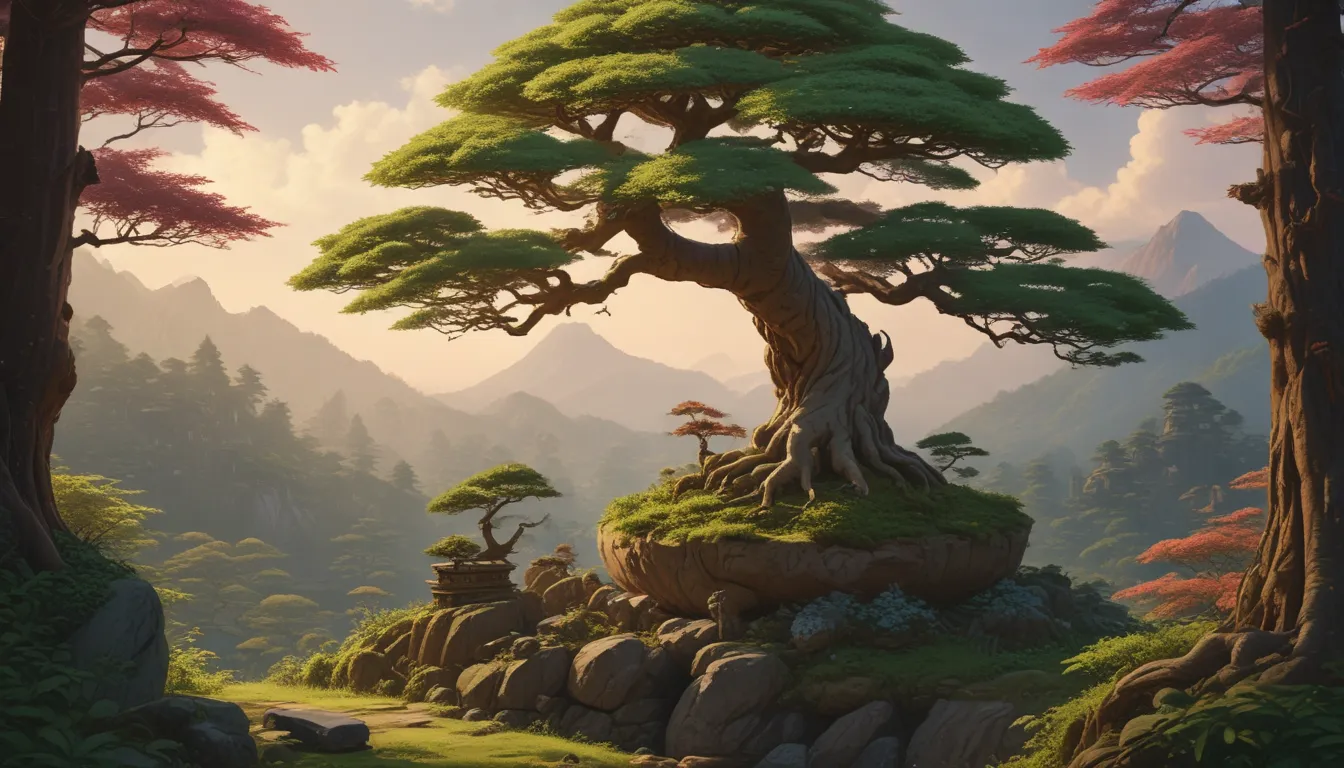
Bonsai trees are more than just miniature plants – they are living art. The art of bonsai captures the beauty of nature in a living, breathing sculpture, creating a meditative process that evolves over time. If you’re a beginner looking to delve into the world of bonsai, you’re in the right place.
What Is Bonsai?
Bonsai involves raising miniaturized trees through pruning and training, resulting in beautiful, artistic plants. The term “bonsai” combines the Japanese words “bon” (container or dish) and “sai” (tree), signifying a tree in a shallow container.
Originating in China over 2,000 years ago, bonsai spread to Japan, where it became a religious and meditative practice for Buddhist monks. The art later made its way to the United States after World War II, becoming a popular and accessible hobby for enthusiasts worldwide.
How Bonsai Are Made
To create a bonsai, the chosen plant is placed in a small pot, routinely pruned, and roots trimmed to keep the plant constrained. Plants grow inspired by their natural growth habits, with some requiring training using wire to achieve a desired shape.
There are various growing styles of bonsai, ranging from formal upright to cascading, each reflecting a different aesthetic and artistic vision. The process of creating a mature and well-styled bonsai can take years, requiring patience and dedication from enthusiasts.
Styles
Bonsai trees can be trained into 15 different growing styles, including formal upright, informal upright, slanting, cascading, and semi-cascading. While these styles provide a foundation for bonsai aesthetics, enthusiasts are encouraged to follow their vision and imagination when creating bonsai art.
Some popular bonsai styles include:
- Bunjingi (Literati) – resembling a tree in a forest setting
- Chokkan (Formal Upright) – featuring a straight, tall trunk with branching
- Fukinagashi (Windswept) – tilted to the side with branches growing in one direction
Exploring different styles allows enthusiasts to discover their preferred aesthetic and artistic expression in the world of bonsai.
Where to Obtain a Bonsai
Enthusiasts can obtain bonsai trees from retailers selling pre-started plants or choose to grow their own from seeds, seedlings, or cuttings. Purchasing pre-started bonsai trees can be a convenient option, while growing bonsai from scratch provides a hands-on and rewarding experience for enthusiasts.
Before starting your bonsai project, consider the ideal species of plant, soil, and container to ensure optimal growth and development. Whether purchasing pre-started trees or starting from scratch, bonsai offers opportunities for creative expression and artistic exploration.
Growing Basics
Maintaining a healthy bonsai tree requires attention to essential factors such as soil, fertilizer, watering, pruning, and supplies. Providing adequate nutrients, moisture, and care is crucial for the growth and development of bonsai trees, ensuring they thrive and flourish in their miniature environment.
Tips for Growing Bonsai:
- Choose healthy soil with proper drainage and nutrient retention
- Use controlled-release fertilizer to provide essential nutrients
- Water bonsai trees regularly, adjusting frequency based on soil moisture levels
Following proper growing practices and investing in quality supplies will help enthusiasts create vibrant and aesthetically pleasing bonsai trees that reflect their artistic vision.
Managing Pests and Disease
Bonsai trees are susceptible to a variety of pests and diseases, requiring careful monitoring and preventive measures to maintain plant health. Researching common issues and implementing appropriate pest control measures is essential for protecting bonsai trees from harmful infestations and diseases.
Basic Bonsai Aesthetics
Incorporating basic artistic elements such as balance, proportion, and line in bonsai design enhances the visual appeal and aesthetic quality of the trees. Practicing traditional bonsai aesthetics while embracing individual creativity allows enthusiasts to create unique and expressive bonsai art pieces.
You’re On Your Way to Becoming a Bonsai Shokunin
Embarking on the journey of bonsai cultivation is a rewarding and enriching experience that offers endless opportunities for learning and growth. Embracing the art of bonsai as a lifelong pursuit allows enthusiasts to continually refine their skills and deepen their appreciation for this ancient and meditative practice.
As you embark on your bonsai journey, remember that mastery is a process, not a destination. Enjoy the creative journey, embrace the challenges, and share your progress with fellow enthusiasts to inspire and learn from each other.
For more bonsai resources and guides, explore topics like getting started with your first bonsai tree, growing and training specific plant species as bonsai, and mastering advanced bonsai techniques. Embrace the artistry, patience, and creativity of bonsai cultivation, and watch as your miniature trees evolve into living works of art.
Whether you’re a seasoned bonsai enthusiast or a beginner eager to explore the art of miniature trees, this comprehensive guide offers valuable insights and tips to enhance your bonsai experience. With a focus on artistic expression, creative exploration, and horticultural practices, bonsai cultivation becomes a fulfilling and rewarding journey for enthusiasts of all levels. Enjoy the process, nurture your bonsai trees with care and dedication, and watch as your artistic vision comes to life in a miniature, living sculpture. Happy pruning, shaping, and growing on your bonsai adventure!
